How to Create Landing Pages That Convert: The Ultimate Step-by-Step Guide for Digital Success
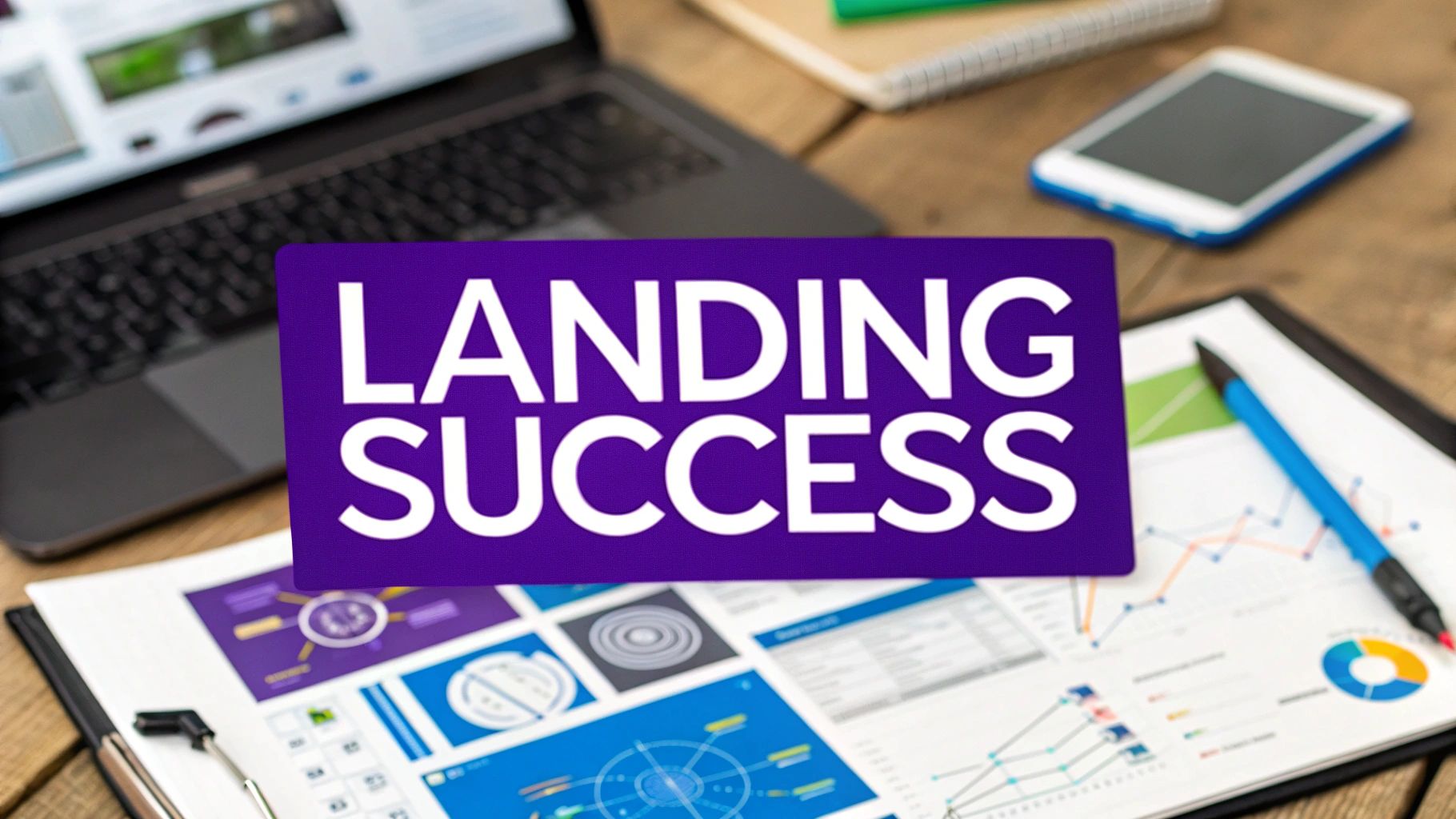
Understanding the Psychology Behind High-Converting Pages
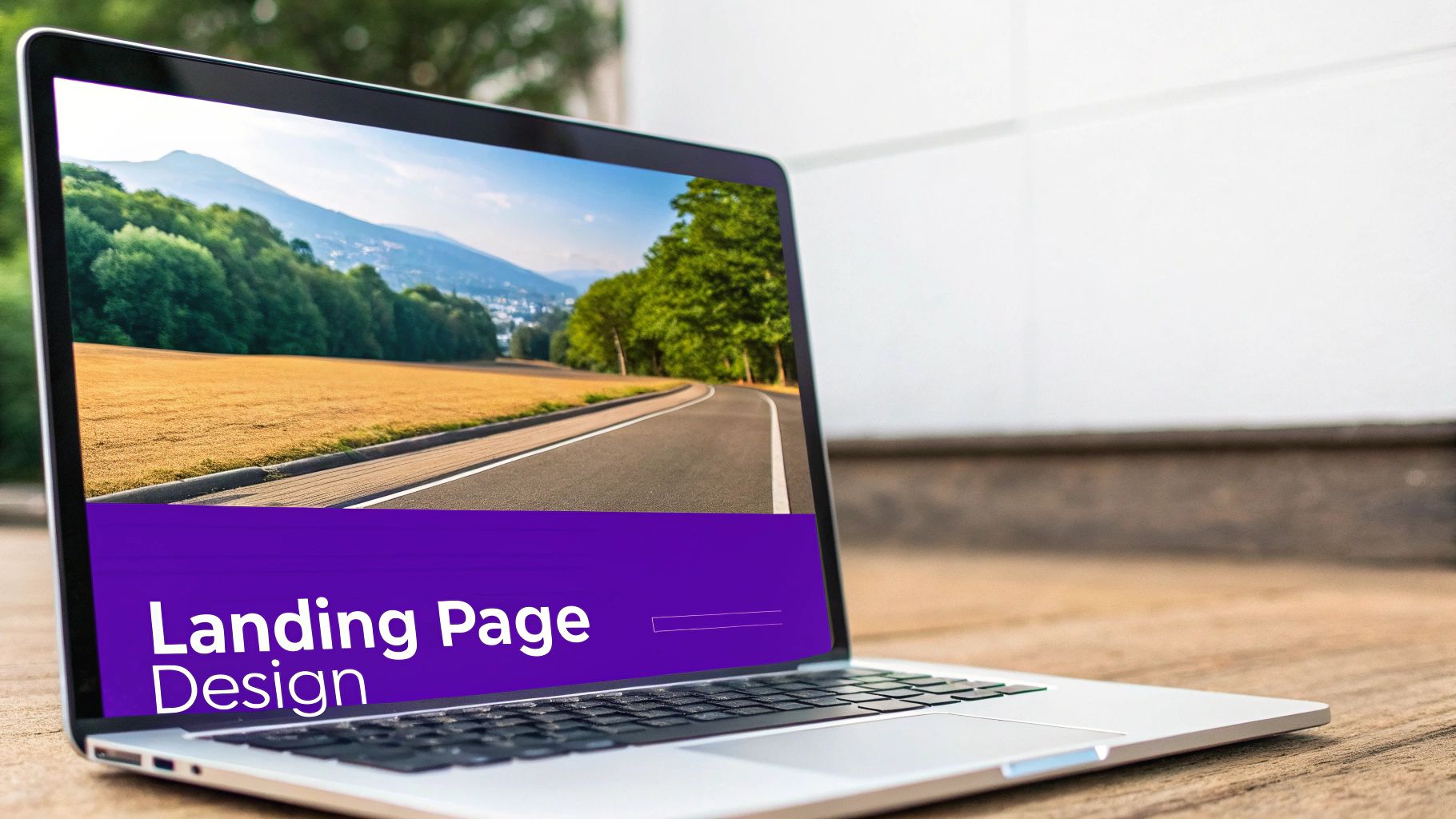
Building landing pages that convert isn't just about making them look good. It's about getting inside your visitors' heads - understanding what makes them tick, what concerns them, and what motivates them to take action. When you grasp these key psychological principles of conversion optimization, you can create pages that truly connect with your audience.
The Power of Targeted Messaging
Your landing page should speak directly to your ideal customer, like a one-on-one conversation. Every element - from the words to the images to the design - needs to work together to deliver a clear, compelling message. Just like a great salesperson knows their customer's needs inside and out, your page should demonstrate that you understand your visitors' specific challenges and have the perfect solution.
For example, if you sell handmade jewelry, don't just list product specs. Focus on the artistry, quality, and unique story behind each piece. When crafting pages for Wand Websites' target audience of established Etsy sellers making $10,000+ monthly, the messaging needs to specifically address their goals and pain points, which differ greatly from new shop owners.
The Importance of Industry Benchmarks
To set realistic goals for your landing pages, you need to know how your industry typically performs. Recent data shows the median conversion rate across industries is 6.6%. Events and entertainment leads with 12.3%, while SaaS trails at 3.8%. Ecommerce averages 4.2%, and financial services and education see higher rates at 8.3% and 8.4% respectively. Understanding these benchmarks helps you gauge success. Find more stats here: Landing Page Conversion Statistics
Using Psychology to Drive Action
Great landing pages tap into core human motivations. Here are key psychological triggers that can boost conversions:
- Scarcity: Create excitement with limited-time deals or exclusive offers
- Social Proof: Build trust through customer reviews, testimonials and social shares
- Authority: Show expertise through industry recognition and thought leadership
- Reciprocity: Offer valuable free resources that make visitors want to return the favor
The key is using these principles authentically, not manipulatively. When you genuinely understand your audience and aim to help them, you'll naturally create pages that connect and convert. Focus on building real relationships with your visitors through honest, helpful content.
Crafting Elements That Capture and Convert
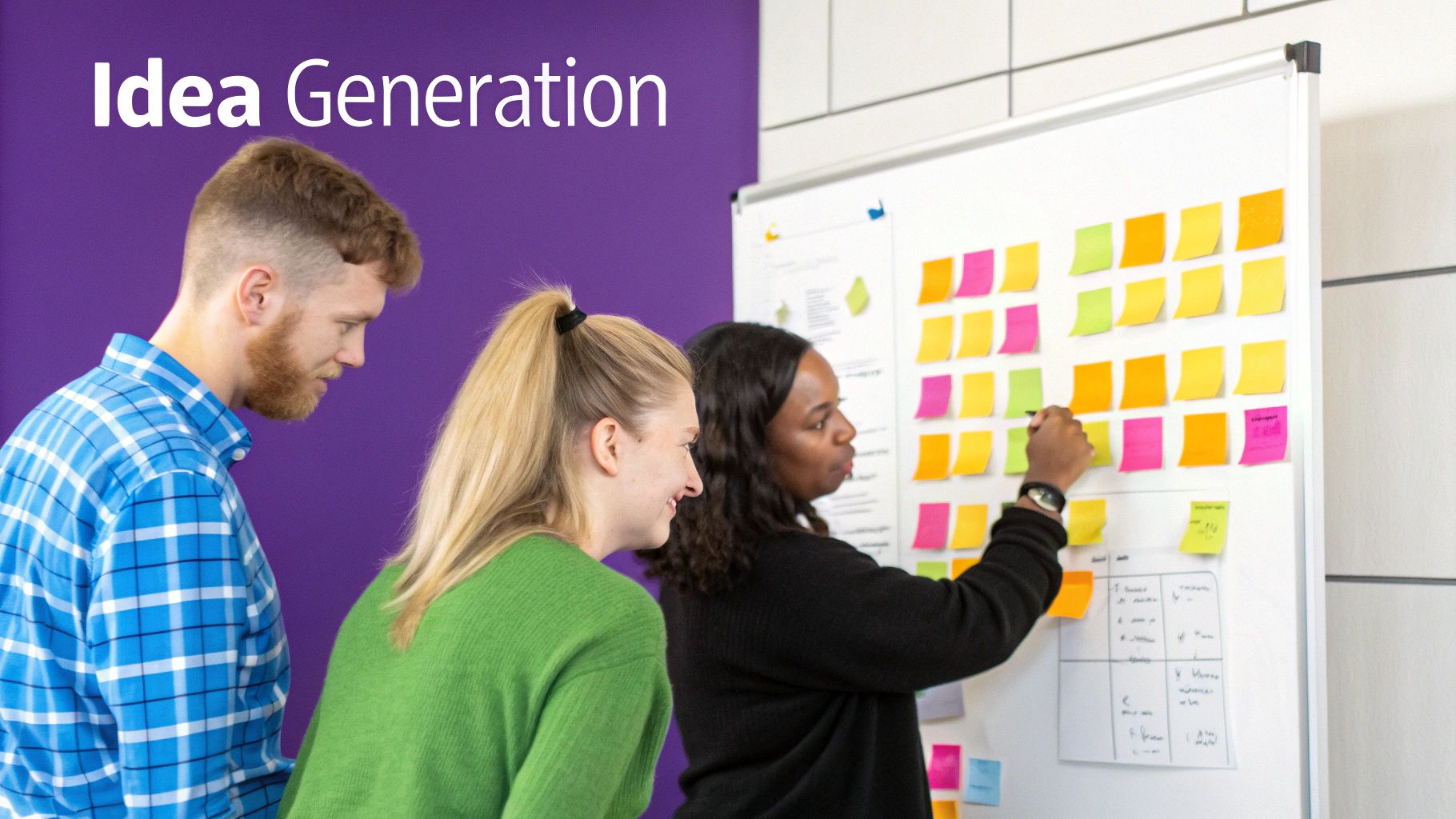
Creating an effective landing page requires carefully designing each element to drive engagement and conversions. Let's explore how to build landing pages that not only attract visitors but convert them into customers.
Headlines That Stop the Scroll
A compelling headline is your first chance to grab attention. Like a store window display, it needs to instantly communicate value and make visitors want to learn more. For busy online users, a strong headline can mean the difference between someone staying to explore or quickly leaving your page.
Value Propositions That Resonate
Your value proposition should clearly answer "What's in it for me?" from the visitor's perspective. Focus on specific benefits, not just features. For example, Wand Websites helps Etsy sellers who make $10,000+ monthly move to their own Shopify stores for more control and higher sales. This directly addresses their target audience's goals.
Call-to-Action Buttons That Convert
The CTA button is where conversions happen. Make it stand out visually and use specific action words that tell visitors what to expect. Instead of "Submit," try "Get My Free Consultation" or "Download the Guide Now." Clear CTAs create better experiences and boost click rates.
The Power of Strategic Element Placement
How you arrange page elements guides visitor behavior. Create a natural flow that leads to your CTA by using whitespace effectively and grouping related content. Think of it like arranging furniture - you want an intuitive path that feels both attractive and purposeful.
Building Trust with Social Proof
Customer testimonials, reviews and social shares build credibility. Real feedback from satisfied customers helps potential buyers feel confident in their decision. This is especially important in competitive markets where trust often determines who gets the sale.
The data shows these elements work: Webinar landing pages convert at 22.3% to 22.84%, videos boost conversions by up to 86%, and personalized CTAs outperform generic ones by 202%. Find more statistics here: Landing Page Conversion Rate Statistics.
Maintaining Laser-Focused Messaging
Every element should support one clear message. Avoid anything that might distract or confuse visitors. Like a good story, your landing page should flow logically from problem to solution to action. Keep visitors focused on taking that next step toward conversion.
Mastering Visual Hierarchy for Maximum Impact
A great landing page does more than just look good - it guides your visitors' attention directly to what matters most. Visual hierarchy helps arrange page elements so viewers naturally flow from one to the next. Think of it like a well-crafted story that leads readers through each important point.
Understanding the Power of Visual Cues
Your design choices send subtle but powerful signals about what's most important. Bigger elements grab attention first, while bright colors pop against muted backgrounds. Picture how road signs work - the crucial speed limit signs are large and bold, while informational signs are smaller. Your landing page should follow similar principles to highlight key information.
Implementing Color Psychology Strategically
Colors shape how people feel and act when viewing your page. Green tends to feel trustworthy, while red creates urgency. Match your color choices to your goals - a meditation app might use soothing blues, while a flash sale could use energetic reds to prompt quick action.
The Role of Typography in Reinforcing Your Message
The fonts you choose do more than just present text - they help tell your brand's story. Tech companies often pick clean, modern sans-serif fonts that feel cutting-edge. Luxury brands might choose elegant serif fonts that suggest sophistication. Keep your typography consistent to build recognition.
Image Selection: Building Instant Credibility
Pictures pack more punch than words alone when it comes to building trust. For a handmade goods site, close-up photos showing fine details and quality materials instantly communicate value better than any product description. The right images make visitors feel confident in their choice.
Responsive Design: Maintaining Consistency Across Devices
Your landing page needs to work beautifully whether someone visits on their phone, tablet or desktop. Responsive design automatically adjusts everything to fit each screen perfectly. This gives everyone a smooth experience and helps maintain strong conversion rates across all devices.
Testing and Optimization: Refining Your Visual Hierarchy
While design best practices provide a starting point, data reveals what really works for your audience. Try A/B testing different layouts and watch how people interact through heatmaps and scroll tracking. Like a gardener adjusting care based on how plants respond, use visitor behavior data to keep improving your page's performance.
Writing Copy That Transforms Visitors Into Customers
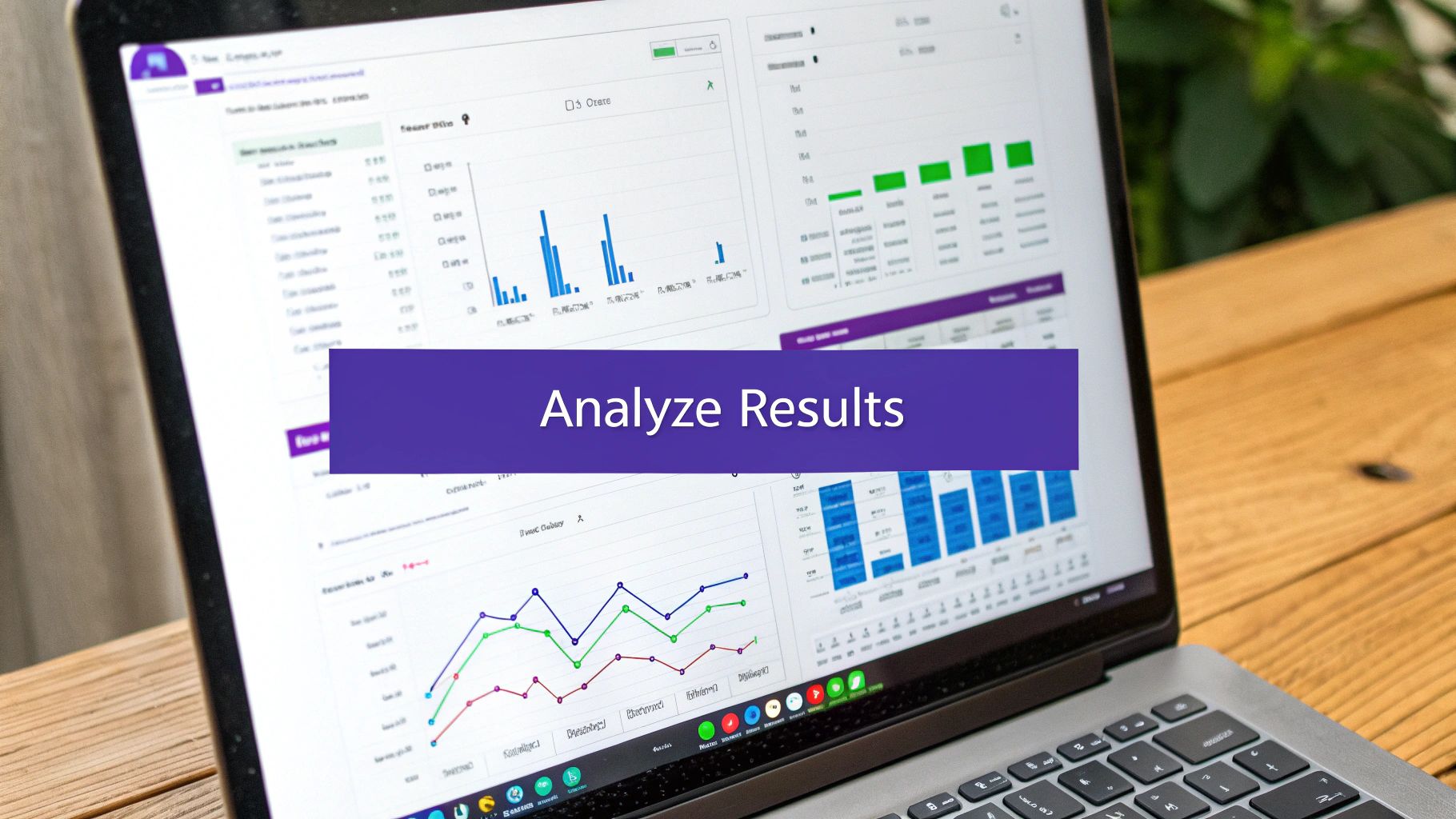
Great landing page copy does more than just describe what you offer - it moves people to take action. The key is getting inside your audience's head and creating content that speaks directly to what they want and need. This fundamental shift in approach can dramatically improve how well your landing pages convert visitors into customers.
Headlines That Grab Attention and Communicate Value
Your headline makes your first impression count. Think of it as your digital storefront sign - it needs to immediately tell visitors why they should care and keep reading. Skip the generic statements and focus on specific benefits that matter to your audience.
Want to see the difference? Compare these headlines: "New Software Available" versus "Cut Your Work Time in Half with Our Project Management Tool." The second one speaks directly to what people want - saving time and getting more done. This benefit-focused approach helps grab attention from visitors who care about productivity.
Body Copy That Engages and Persuades
After hooking readers with your headline, your body copy needs to keep them interested and build a strong case for taking action. Write in a natural, flowing style that guides readers from one point to the next. Focus on showing how your product or service makes their lives better.
Stories and examples work wonders for making your message stick. Share real situations your audience faces and show how you help solve them. Simple comparisons can make complex ideas easy to grasp. Always write with your specific audience in mind - what examples and language will resonate with them most?
Calls to Action That Inspire Immediate Response
Your call-to-action (CTA) button needs to clearly tell people what to do next. Use direct language like "Start Your Free Trial" or "Get Your Guide Now." Make sure your CTA button stands out visually and works smoothly on all devices.
Adding a sense of limited availability or special bonuses can motivate people to act now instead of later. Try different CTA versions to see what your audience responds to best. Small changes in wording or design can make a big difference in results.
Addressing Objections and Building Trust
Good copy tackles common concerns head-on before they become roadblocks to conversion. Back up your claims with real proof like customer stories and results. For example, if you help Etsy sellers move to Shopify stores, share specific examples of sellers who increased their profits after switching. This shows you understand their goals and can deliver real results.
By directly addressing worries about things like ease of use or return policies, you build credibility with potential customers. Include testimonials and guarantees to further boost confidence in your offering. The goal is creating a smooth path that naturally leads visitors toward becoming customers.
Data-Driven Optimization Strategies That Work
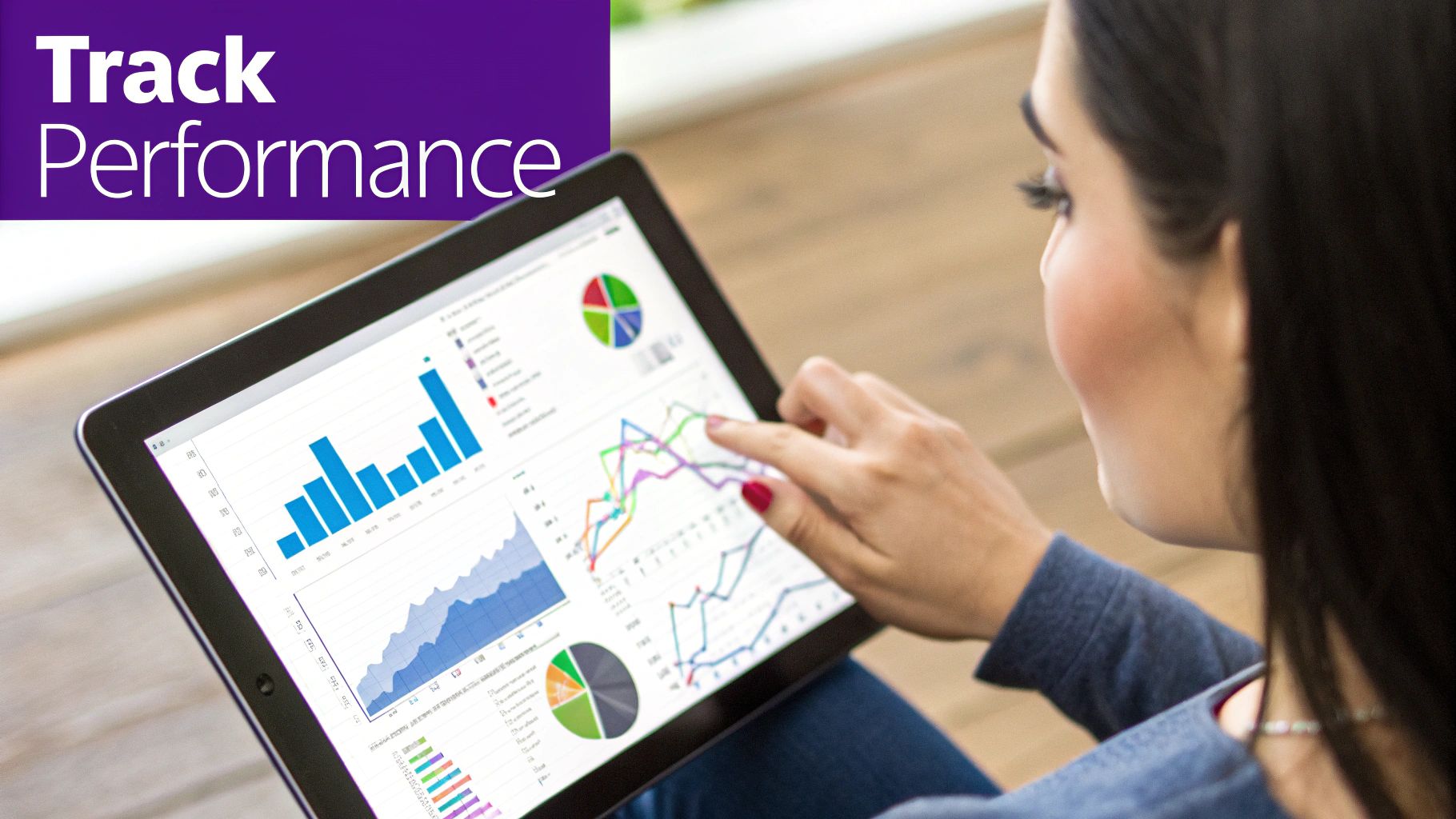
Building a landing page is just the beginning. The real results come from improving it based on actual user data and behavior. By moving past assumptions and using proven methods to refine your page, you can create something that truly connects with visitors. Let's explore how to use data to build pages that get real results.
The Power of A/B Testing
A/B testing (split testing) helps you make smart decisions about your page design. You create two versions with just one key difference - maybe a different headline or button color. Then you send traffic to both and see which one performs better. For instance, testing a short vs. long headline can show you what grabs more attention.
Interpreting Results That Matter
Getting test results is step one - understanding what they mean is crucial. Look beyond basic metrics like page views. Focus instead on key performance indicators like conversion rates and cost per lead. Ask yourself: Are the differences between versions meaningful? Will the changes actually improve your bottom line?
Prioritizing Your Testing Calendar
Some page elements matter more than others when it comes to conversions. Start by testing the big things - headlines, calls-to-action, and your core value proposition. For example, Wand Websites could test headlines targeting Etsy sellers making $10,000+ monthly, or try different ways of explaining the benefits of moving to Shopify.
Balancing Data with Intuition
While data should guide your decisions, don't ignore your instincts completely. Your understanding of your audience can point you toward good test ideas. Just make sure to validate those hunches with real data. This helps you sharpen your judgment over time.
Small Changes, Big Impact
Often, tiny tweaks lead to major wins. Adjusting your headline wording, changing a button color, or adding social proof can boost conversions significantly. It's like tuning a guitar - small adjustments can make everything work together better.
Building a Sustainable Optimization Program
Page optimization isn't a one-time task - it's an ongoing process. Set up regular testing and make improvement part of your routine. Keep analyzing results, finding weak spots, and testing new ideas. This keeps your landing pages fresh and effective as your audience's needs change.
Launch and Scale With Confidence
Getting your landing page live is a big milestone, but the real work begins with a smart launch strategy and growth plan. The key is taking care of the technical details, picking tools that fit your needs, and watching how your page performs. A methodical approach gives you the best shot at success.
Choosing the Right Landing Page Tools
The tools you select can make or break your landing page. Look for options that match your needs in terms of ease of use, testing capabilities, integration options, and budget. Your tools should work smoothly with your existing marketing systems like email and CRM platforms. For Etsy sellers moving to Shopify, Wand Websites offers specialized designs and migration support focused on e-commerce growth.
Implementing Effective Tracking
Good tracking from day one helps you measure success and find ways to improve. Start with Google Analytics to monitor important metrics like conversion rates, bounce rates, and time on page. Consider adding heatmap tools to see how visitors interact with your page. The data shows you what's working well and what needs fixing.
Ensuring Cross-Device Compatibility
Your landing page needs to work perfectly on every screen size. Test thoroughly on different devices, browsers and operating systems to catch any issues. Problems like broken layouts or slow loading can hurt your results significantly. Building with responsive design principles helps deliver a consistent experience everywhere.
Pre-Launch Checklist and Troubleshooting
Use a detailed checklist before going live to verify everything works - links, forms, tracking codes and more. Have a plan ready to handle any technical problems that pop up after launch. Think of it like doing a thorough inspection before a big road trip to prevent issues down the line.
Scaling Your Landing Page Program
As you grow, scale up your landing page strategy too. Create systems to build new pages efficiently, run multiple campaigns, and keep optimizing performance. Templates and automation tools help streamline the process. This becomes especially important for e-commerce stores expanding their product lines or reaching new customer groups.
Ready to take your Etsy shop to the next level with Shopify? Wand Websites has the expertise to help you build a high-performing online store. Visit our website to learn more about growing your business.


